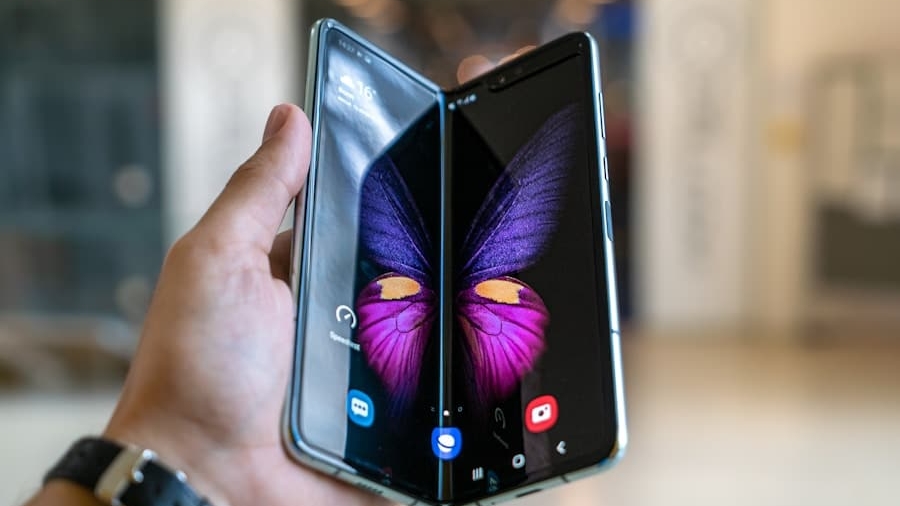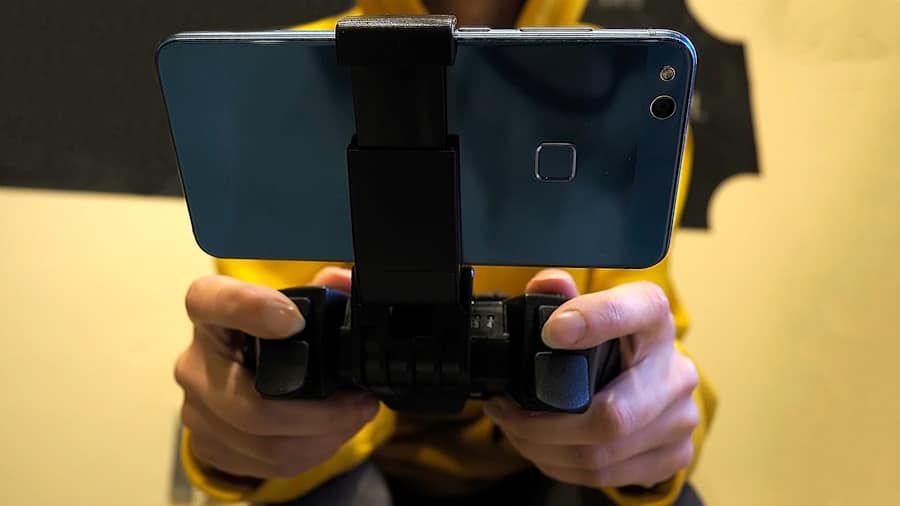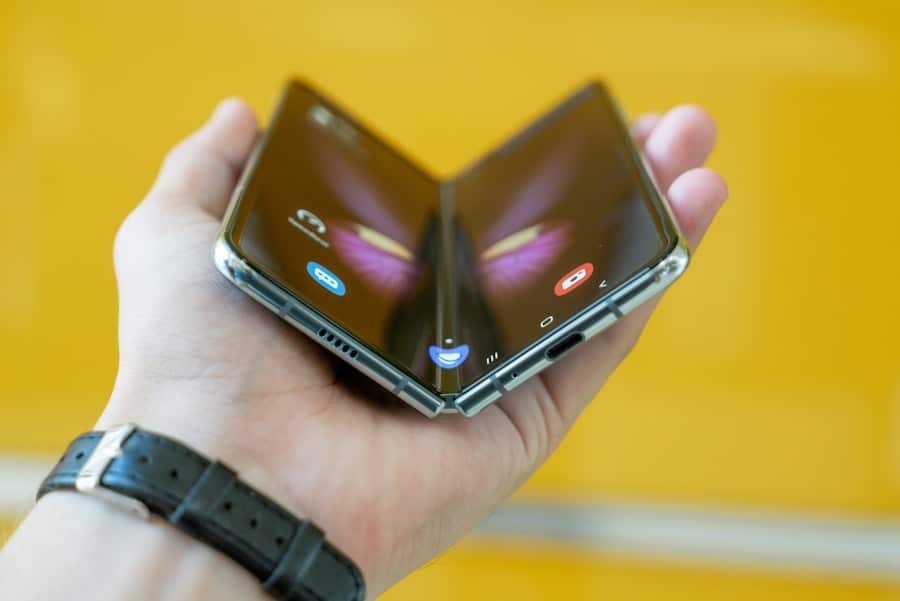The advent of foldable smartphones marks a significant evolution in mobile technology, merging the functionality of a tablet with the portability of a smartphone. This innovative category of devices has captured the attention of tech enthusiasts and casual users alike, promising a new way to interact with digital content. The concept of foldable phones is not merely a gimmick; it represents a paradigm shift in how we perceive and utilize mobile devices.
With their unique form factors, these smartphones offer enhanced multitasking capabilities, allowing users to run multiple applications simultaneously on a larger screen without sacrificing portability. Foldable smartphones have emerged from years of research and development, with manufacturers investing heavily in flexible display technology and hinge mechanisms. The first commercially available foldable devices, such as the Samsung Galaxy Fold and Huawei Mate X, showcased the potential of this technology, despite initial challenges related to durability and user experience.
As the market has matured, subsequent generations of foldable smartphones have addressed these concerns, leading to improved designs and more robust features. This article delves into various aspects of foldable smartphones, exploring their design, performance, camera capabilities, and overall user experience.
Key Takeaways
- Foldable smartphones are a new and innovative category of mobile devices that offer a unique form factor and enhanced functionality.
- Design and build quality of foldable smartphones are crucial for durability and user experience, with a focus on hinge mechanisms and materials used.
- Display and screen technology in foldable smartphones are advanced, with flexible OLED panels and innovative folding mechanisms.
- Performance and hardware in foldable smartphones are on par with flagship devices, offering powerful processors and ample storage.
- Camera quality and features in foldable smartphones are top-notch, with multiple lenses and advanced imaging capabilities for versatile photography.
- User experience and software play a key role in the functionality of foldable smartphones, with optimized interfaces and multitasking capabilities.
- Battery life and charging are important considerations for foldable smartphones, with larger batteries and fast charging technology.
- In conclusion, foldable smartphones offer a unique and futuristic experience with impressive design, advanced technology, and versatile functionality.
Design and Build Quality
Hinge Mechanism and Design
The hinge mechanism is a critical component in this design, as it must withstand repeated use while ensuring a smooth opening and closing action. Manufacturers have experimented with various hinge designs, from Samsung’s intricate multi-axis hinge to Huawei’s outward-folding approach, each offering distinct advantages and challenges.
Build Quality and Durability
Build quality is paramount in the realm of foldable smartphones, as users expect these devices to endure daily wear and tear. Early models faced criticism for their fragility, with reports of screen damage and hinge malfunctions surfacing shortly after launch. However, advancements in materials science have led to the development of more durable screens, often utilizing ultra-thin glass or advanced polymers that resist scratches and impacts. Additionally, manufacturers have implemented rigorous testing protocols to ensure that their devices can withstand the rigors of everyday use.
Extensive Durability Testing
For instance, Samsung’s Galaxy Z Fold series has undergone extensive durability testing, including fold tests that simulate years of usage.
Display and Screen Technology
The display technology employed in foldable smartphones is a defining characteristic that sets them apart from traditional devices. Most foldable phones feature OLED (Organic Light Emitting Diode) panels, which provide vibrant colors, deep blacks, and excellent contrast ratios.
For example, the Samsung Galaxy Z Flip utilizes a 6.7-inch Dynamic AMOLED display that unfolds to reveal an expansive viewing area, perfect for media consumption and multitasking. Screen resolution is another critical aspect of display technology in foldable smartphones. High-resolution displays enhance the user experience by providing sharp images and crisp text.
Many foldable devices boast resolutions that rival those of high-end flagship smartphones, ensuring that users can enjoy their favorite content in stunning detail. Additionally, advancements in refresh rate technology have led to smoother scrolling and improved responsiveness, making interactions feel more fluid. The Galaxy Z Fold 4 features a 120Hz refresh rate on its main display, allowing for an immersive experience when gaming or watching videos.
Performance and Hardware
Performance is a crucial factor in any smartphone, and foldable devices are no exception. These smartphones are typically equipped with high-end processors that can handle demanding applications and multitasking scenarios with ease. For instance, the latest iterations of foldable phones often utilize flagship chipsets such as Qualcomm’s Snapdragon 8 series or Apple’s A-series chips in their respective ecosystems.
This ensures that users can run resource-intensive applications without experiencing lag or slowdowns. In addition to powerful processors, foldable smartphones are often paired with ample RAM and storage options to enhance performance further. Many models offer configurations with up to 12GB of RAM and 512GB or more of internal storage, catering to users who require significant space for apps, media files, and documents.
Camera Quality and Features
Camera quality is a vital consideration for many smartphone users, and foldable devices are increasingly equipped with advanced camera systems that rival those found in traditional flagship models. Manufacturers recognize the importance of photography in the smartphone experience and have integrated sophisticated camera technologies into their foldable offerings. For example, the Samsung Galaxy Z Fold 4 features a versatile triple-camera setup on the rear, including wide-angle, ultra-wide-angle, and telephoto lenses that enable users to capture stunning images in various conditions.
In addition to hardware improvements, software enhancements play a significant role in elevating camera performance on foldable smartphones. Advanced computational photography techniques allow for better image processing, resulting in clearer photos with improved dynamic range and color accuracy. Features such as Night Mode, Portrait Mode, and AI-driven enhancements are commonly found in these devices, enabling users to take professional-quality photos with minimal effort.
Furthermore, the unique form factor of foldable phones allows for innovative shooting angles; users can utilize the device’s ability to stand on its own for hands-free photography or video calls.
User Experience and Software
The user experience on foldable smartphones is shaped by both hardware capabilities and software optimizations tailored specifically for their unique form factors. Operating systems like Android have evolved to support multitasking features that take advantage of larger displays. For instance, Samsung’s One UI offers a Flex Mode that allows users to position the device at various angles while using apps like video conferencing tools or streaming services.
This flexibility enhances usability by providing a more comfortable viewing experience. Moreover, app developers are increasingly optimizing their applications for foldable screens, ensuring that users can enjoy a seamless experience across different display sizes. Popular apps like Microsoft Office and Google Workspace have been updated to support split-screen functionality, enabling users to work on documents while referencing other materials simultaneously.
This level of integration enhances productivity and makes foldable smartphones appealing to professionals who require efficient multitasking capabilities.
Battery Life and Charging
Battery life is a critical consideration for any smartphone user, particularly for those utilizing power-hungry applications on larger displays. Foldable smartphones often incorporate sizable batteries to support their expansive screens while maintaining reasonable longevity throughout the day. Manufacturers strive to balance battery capacity with device weight and thickness; thus, many foldable models feature batteries ranging from 4,000mAh to 5,000mAh or more.
Charging technology has also advanced alongside battery capacity in foldable smartphones. Many devices now support fast charging capabilities that allow users to recharge their batteries quickly when needed. For instance, the Galaxy Z Fold 4 supports 25W fast charging as well as wireless charging options for added convenience.
Additionally, reverse wireless charging features enable users to share battery power with other compatible devices such as earbuds or smartwatches.
Conclusion and Verdict
Foldable smartphones represent an exciting frontier in mobile technology, combining innovative design with advanced features that cater to modern user needs. As manufacturers continue to refine their offerings through improved build quality, enhanced display technology, powerful performance capabilities, and sophisticated camera systems, these devices are poised to become mainstream options for consumers seeking versatility in their mobile experience. The user experience on foldable smartphones is enriched by software optimizations that leverage their unique form factors while ensuring seamless multitasking capabilities across various applications.
With advancements in battery life and charging technology further enhancing usability, foldable smartphones are not just novelties but practical tools for everyday life. As this category continues to evolve, it will be fascinating to see how manufacturers push the boundaries of design and functionality in future iterations of foldable devices. The potential for innovation remains vast as we move forward into an era where flexibility and adaptability become paramount in our digital interactions.
If you’re interested in cutting-edge technology like foldable smartphones, you may also want to check out this article on Tesla refuting Elon Musk’s timeline on full self-driving. It offers insights into the latest developments in autonomous driving technology.
FAQs
What is a foldable smartphone?
A foldable smartphone is a type of mobile device that features a flexible display, allowing the device to be folded or unfolded to provide a larger or smaller screen size as needed.
What are the benefits of a foldable smartphone?
Foldable smartphones offer the benefit of a larger screen size in a more compact form factor. They also provide increased versatility, allowing users to switch between a phone and a tablet-like experience.
What are some common features of foldable smartphones?
Common features of foldable smartphones include flexible OLED displays, hinge mechanisms that allow for folding and unfolding, and multitasking capabilities that take advantage of the larger screen size.
What are some popular foldable smartphones on the market?
Some popular foldable smartphones on the market include the Samsung Galaxy Z Fold series, the Huawei Mate X series, and the Motorola Razr.
What are some considerations when purchasing a foldable smartphone?
When purchasing a foldable smartphone, it’s important to consider factors such as the durability of the folding mechanism, the quality of the flexible display, and the overall performance and features of the device. Additionally, pricing and available accessories should also be taken into account.



